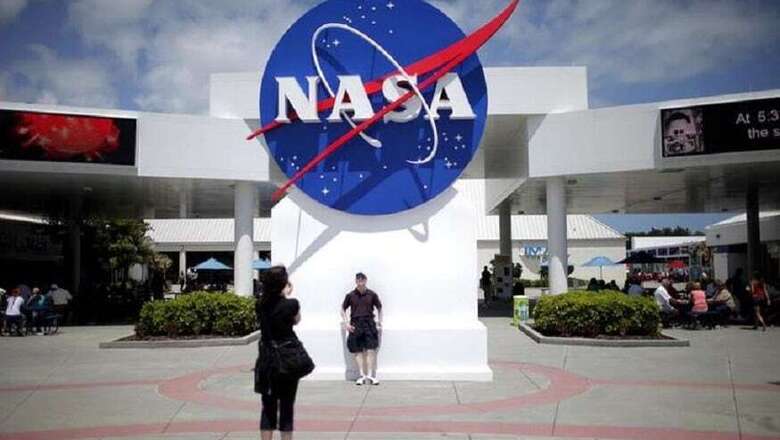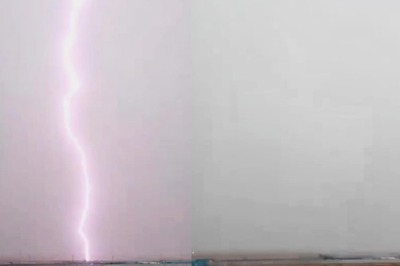
views
Scientists have determined that the camera aboard NASA's Lunar Reconnaissance Orbiter (LRO) was hit in 2014 by a tiny meteoroid, a small natural object in space.
The Lunar Reconnaissance Orbiter Camera (LROC), which normally produces beautifully clear images of the lunar surface, produced on October 13, 2014 an image that was wild and jittery.
From the sudden and jagged pattern apparent in the image, the LROC team determined that the camera must have been hit by a tiny meteoroid, NASA said in a statement on Friday.
"Since the impact presented no technical problems for the health and safety of the instrument, the team is only now announcing this event as a fascinating example of how engineering data can be used, in ways not previously anticipated, to understand what is happing to the spacecraft over 380,000 kilometres from the Earth," said John Keller, LRO project scientist from NASA's Goddard Space Flight Centre in Greenbelt, Maryland.
Watch video review of OnePlus 3T Black
"The meteoroid was traveling much faster than a speeding bullet," said Mark Robinson, Professor and Principal investigator of LROC at Arizona State University's School of Earth and Space Exploration.
"In this case, LROC did not dodge a speeding bullet, but rather survived a speeding bullet!" Robinson said.
LROC is a system of three cameras mounted on the LRO spacecraft. Two Narrow Angle Cameras (NACs) capture high resolution black and white images.
The third Wide Angle Camera captures moderate resolution images using filters to provide information about the properties and colour of the lunar surface.
During LROC's development, a detailed computer model was made to insure the NAC would not fail during the severe vibrations caused by the launch of the spacecraft.
The computer model was tested before launch by attaching the NAC to a vibration table that simulated launch. The camera passed the test with flying colours, proving its stability.
Using this detailed computer model, the LROC team ran simulations to see if they could reproduce the distortions seen on the October 13 image and determine the size of the meteoroid that hit the camera.
They estimate the impacting meteoroid would have been about half the size of a pinhead (0.8 millimetre), assuming a velocity of about seven kilometres) per second and a density of an ordinary chondrite meteorite (2.7 grams/cm3).
"LROC was struck and survived to keep exploring the Moon," Robinson said.
Launched on June 18, 2009, LRO has collected a treasure trove of data with its seven powerful instruments, making an invaluable contribution to our knowledge about the Moon.



















Comments
0 comment